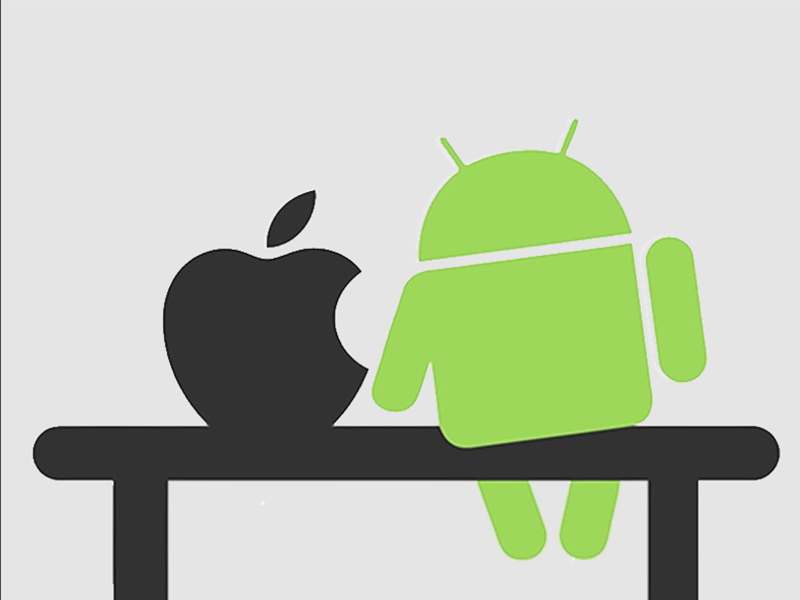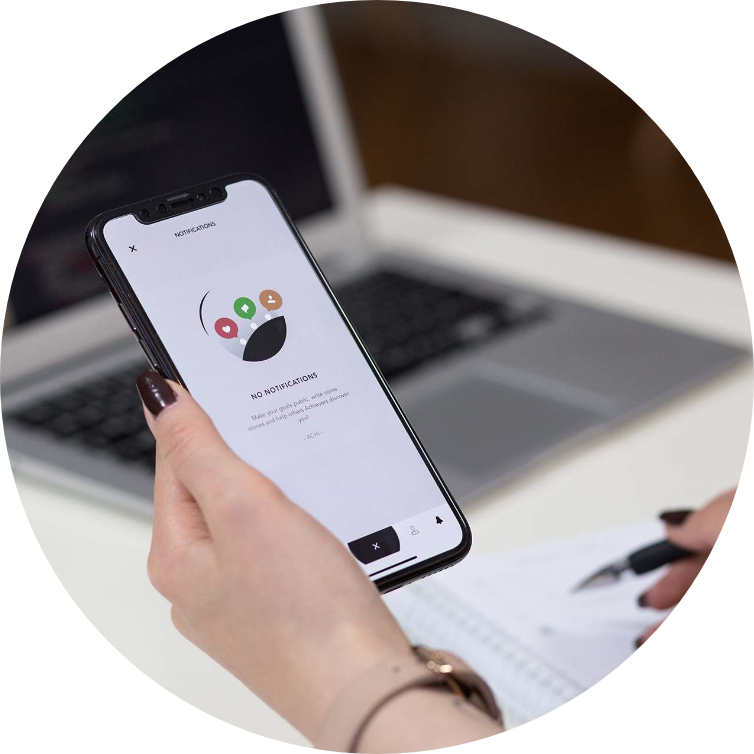About Mobile Application Development
What is Mobile Application Development?
Mobile Application Development is the process of creating software applications that run on a mobile device, and a typical mobile application utilizes a network connection to work with remote computing resources. Hence, the mobile development process involves creating installable software bundles (code, binaries, assets, etc.) , implementing backend services such as data access with an API, and testing the application on target devices.


Mobile Applications & Device Platforms
There are two dominant platforms in the modern smartphone market. One is the iOS platform from Apple Inc. The iOS platform is the operating system that powers Apple’s popular line of iPhone smartphones. The second is Android from Google. The Android operating system is used not only by Google devices but also by many other OEMs to built their own smartphones and other smart devices.
Although there are some similarities between these two platforms when building applications, developing for iOS vs. developing for Android involves using different software development kits (SDKs) and different development toolchain. While Apple uses iOS exclusively for its own devices, Google makes Android available to other companies provided they meet specific requirements such as including certain Google applications on the devices they ship. Developers can build apps for hundreds of millions of devices by targeting both of these platforms.
Building mobile apps
Alternatives for Building Mobile Apps
There are four major development approaches when building mobile applications
- Native Mobile Applications
- Cross-Platform Native Mobile Applications
- Hybrid Mobile Applications
- Progressive Web Applications
Each of these approaches for developing mobile applications has its own set of advantages and disadvantages. When choosing the right development approach for their projects, developers consider the desired user experience, the computing resources and native features required by the app, the development budget, time targets, and resources available to maintain the app.

Native Applications

Native mobile applications are written in the programming language and frameworks provided by the platform owner and running directly on the operating system of the device such as iOS and Android.
Cross-Platform Applications

Cross-platform native mobile applications can be written in variety of different programming languages and frameworks, but they are compiled into a native application running directly on the operating system of the device.
Custom UI, Optimised UX

Hybrid mobile applications are built with standard web technologies - such as JavaScript, CSS, and HTML5 - and they are bundled as app installation packages. Contrary to the native apps, hybrid apps work on a ‘web container’ which provides a browser runtime and a bridge for native device APIs via Apache Cordova.
Progressive Web Applications

PWAs offer an alternative approach to traditional mobile app development by skipping app store delivery and app installations. PWAs are web applications that utilize a set of browser capabilities - such as working offline, running a background process, and adding a link to the device home screen - to provide an ‘app like’ user experience.
The Mobile Application Development Lifecycle
How the Mobile Application Development works?
There are two interlinked core components of a mobile application:
1) The Mobile Application “Front-End” that resides on the mobile device, and
2) The Services “Back-End” that supports the Mobile Front-End.


Key Mobile Application Services
Mobile Application Services
There are hundreds of cloud and 3rd party services that mobile application developers can leverage to speed up the development and delivery of their applications. However, it’s unlikely that a developer is going to be able to become an expert in each of these individual services.
Instead, the mobile developers should look for a development environment that makes it easier for them to integrate, use, and consume the most commonly required capabilities into their application quickly and easily, while still preserving the freedom to take advantage of the many individual services available.
Essential
- User Sign-up/Sign-in and Management
- Social login (Facebook sign-in, Twitter sign-in, etc.)
- Analytics and User Engagement
- Push Notifications
- Real Device Testing
Data Services
- Cloud Storage
- Real-time and Offline Data
- Application Logic/Cloud Functions
Machine Learning
- Conversational Bots
- Image and Video Recognition
- Speech Recognition

Our Process
How we work
Fiverivers IT Solutions provide an extensive range of services, taking your business from an idea straight through to a result both client and staff can be proud of.
Our personal approach within our working environments is just one of the reasons that we remain ahead of our competition and is an essential feat in our continued successes with any and all projects we have and will continue to undertake in the future.
We pride ourselves on effectively building a rapport with each client individually to enable a smooth working relationship, whilst we walk you through each step and bring your project to life. It’s safe to say, at Fiverivers we value your business just as much as we do quality!
01
Project Scoping

02
Planning

03
Design and Development

04
Quality Assurance

05
Project Deployment

06
Maintenance

Got a project in mind?
Get in touch